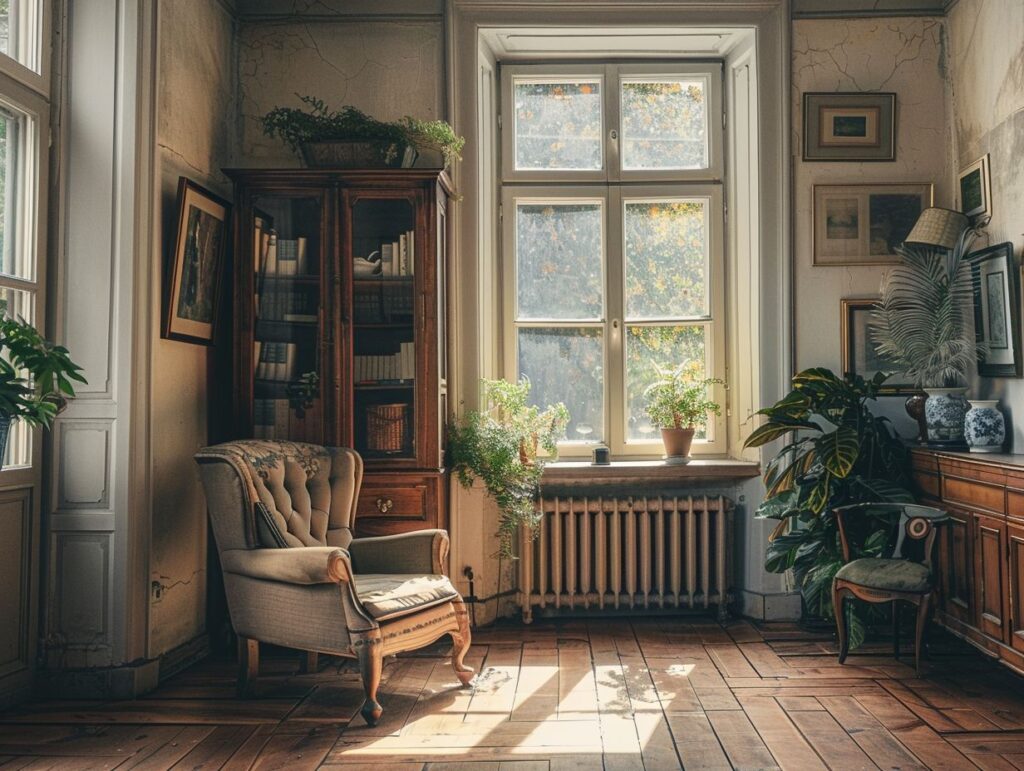Traditional radiators have long been a common feature in older homes, offering effective heating solutions while maintaining the historic appeal of these properties.
In this exploration, we will delve into the advantages of utilising traditional radiators in older homes, key factors to consider during installation, and essential tips for the upkeep and potential upgrades of these timeless heating elements.
If you are contemplating the installation of traditional radiators in your older home or seeking methods to improve their performance, this guide aims to offer valuable insights to assist you in making well-informed decisions.
Key Takeaways:
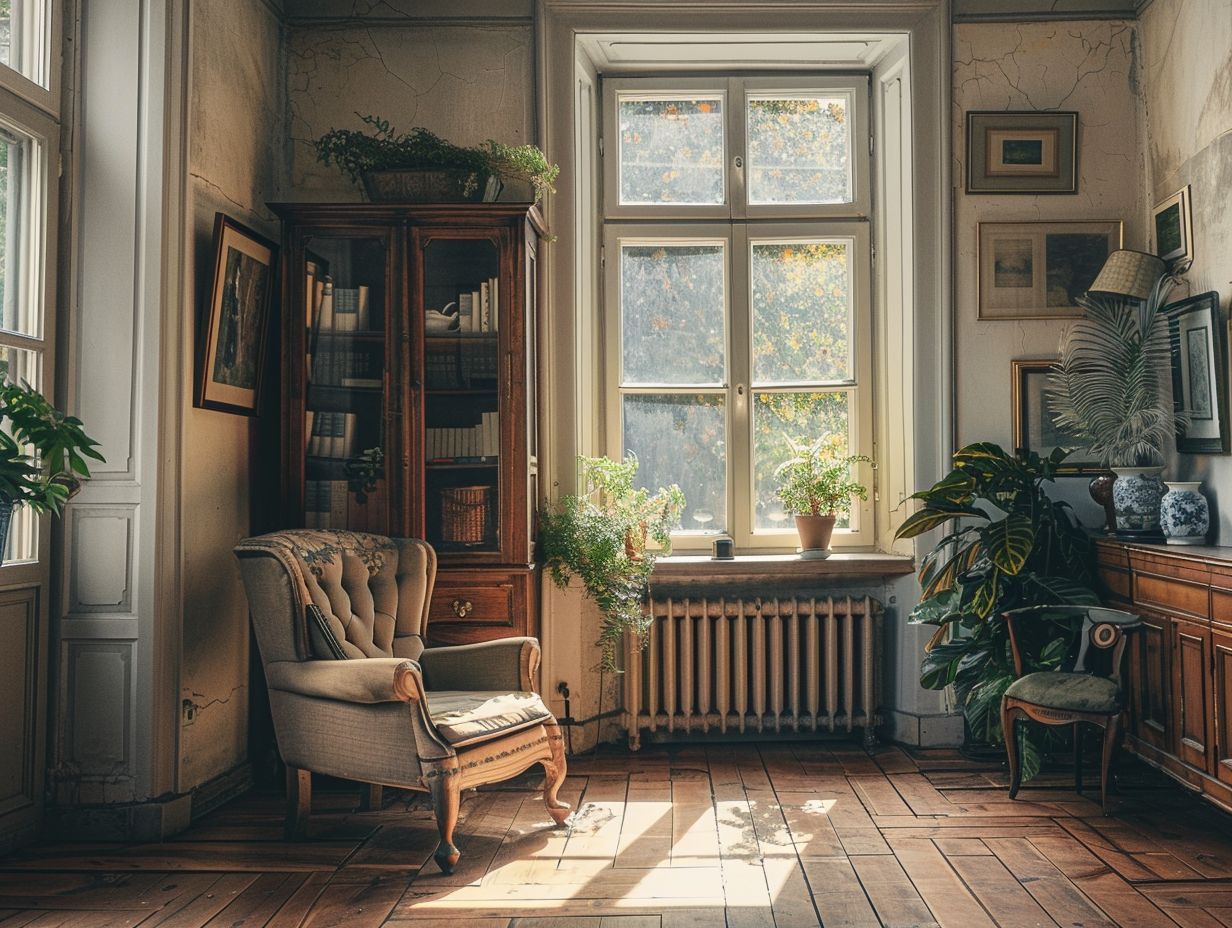
- Traditional radiators can be a great fit for older homes, preserving their unique aesthetics and providing efficient heating.
- Compatibility with existing heating systems and the installation process should be carefully considered when choosing traditional radiators for older homes.
- Proper maintenance and the option to upgrade traditional radiators can help ensure their longevity and effectiveness in keeping older homes warm and cozy.
Benefits of Traditional Radiators in Older Homes
Traditional radiators bring a multitude of benefits to older homes, providing efficient heating solutions that complement the structure whilst maintaining the period charm of the property through their classic design.
Alongside their aesthetic appeal, traditional radiators are acclaimed for their exceptional heating efficiency, delivering consistent warmth throughout the house. Their robust construction ensures durability and longevity, establishing them as a dependable heating option for historical properties.
These radiators also synergise effectively with the existing insulation in older homes, optimising heat retention. Their compatibility with period home structures streamlines the installation process, seamlessly integrating them into the overall architectural design to achieve a cohesive and authentic appearance.
Preserving the Aesthetics of Older Homes
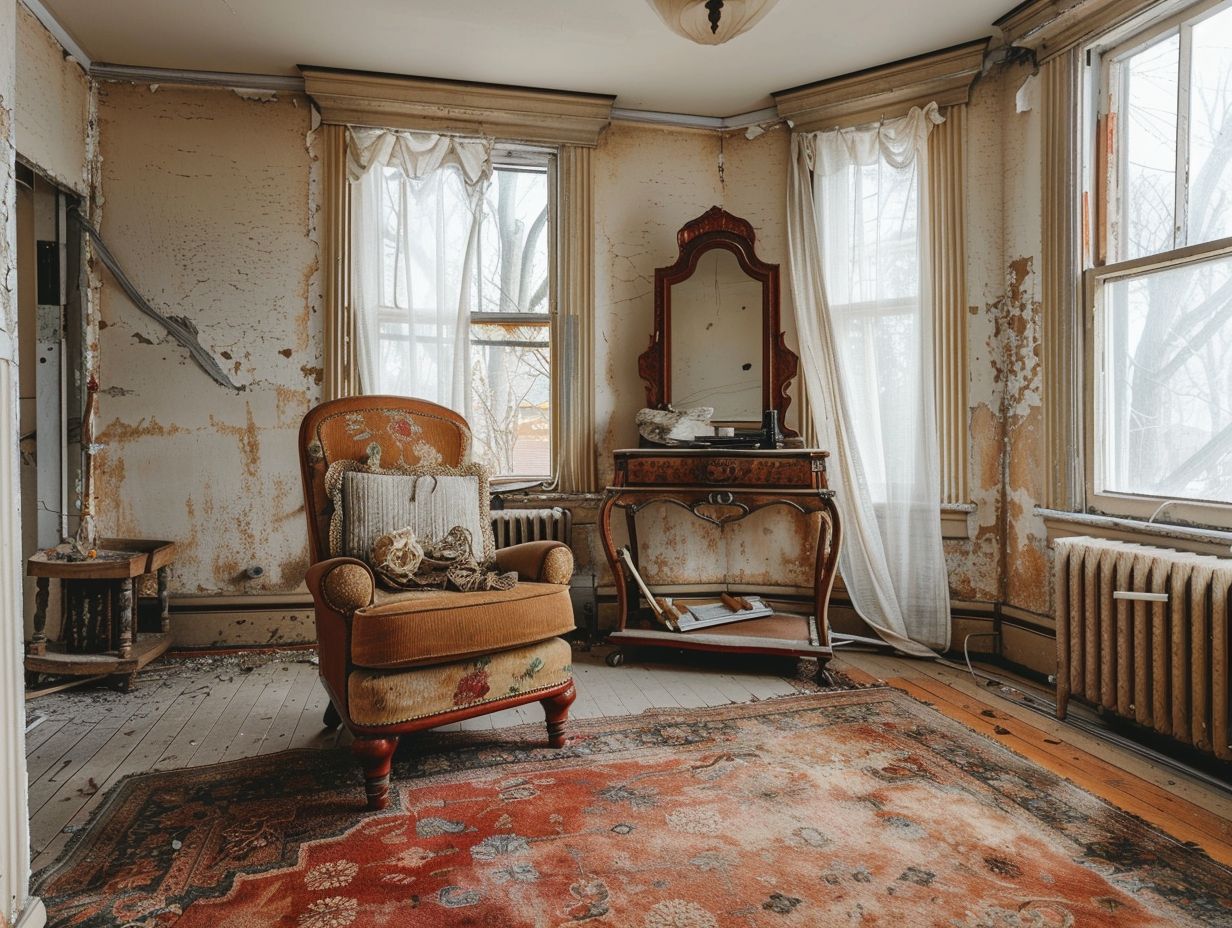
Preserving the aesthetics of older homes with traditional radiators involves selecting designs that blend seamlessly with the period charm of Victorian or vintage interiors, adding a beautiful touch to the overall appearance. These classic radiators not only provide functional heating solutions but also serve as statement pieces that elevate the historical authenticity of a space.
The intricate detailing, ornate patterns, and elaborate craftsmanship found in Victorian-style radiators can transport you back in time, creating a sense of nostalgia and elegance.
The wide range of beautiful finishes available, such as polished chrome, antique brass, or powder-coated colours, allows homeowners to customise their radiators to suit their specific design preferences, enhancing the overall ambiance of their period homes.
Efficient Heating for Older Homes
Achieve efficient heating for older homes by utilising traditional radiators that offer consistent warmth, helping to maintain a comfortable equilibrium and potentially lowering energy costs through enhanced insulation.
Traditional radiators, renowned for their reliability and durability, are ideal for older properties because of their effective heat distribution capabilities. By circulating hot water or steam through their metal surfaces, these radiators efficiently emit warmth, creating a pleasant indoor environment.
Their energy-saving attributes make them a cost-efficient heating solution, particularly when combined with proper home insulation to preserve heat. This synergy not only guarantees a uniform warmth throughout the residence but also contributes to establishing a more sustainable and environmentally conscious living space.
Considerations for Installing Traditional Radiators in Older Homes
When you are contemplating the installation of traditional radiators in older homes, it is crucial to assess factors such as energy efficiency, installation costs, and compatibility with existing heating systems to guarantee a smooth integration.
Selecting the correct size and style of radiators is vital for optimal heat distribution and aesthetic appeal in period homes. Improving energy efficiency and reducing heat loss can be significantly enhanced by ensuring proper insulation and sealing around the radiators.
Seek professional advice when installing traditional radiators to evaluate the structural integrity and heating capacity of existing systems. By implementing energy-saving measures such as thermostatic radiator valves and regular maintenance, homeowners can improve the performance of their traditional radiators and reduce energy expenses.
Compatibility with Existing Heating Systems
When installing traditional radiators in older homes, it is essential to ensure compatibility with existing heating systems for optimal heating efficiency. In older properties with potentially outdated components in the heating systems, integrating traditional radiators may pose challenges that require a thoughtful approach.
Due to technological advancements, it is crucial to guarantee seamless integration to enhance overall performance. Structural factors, including the size and layout of the radiators, are critical in maximising heat distribution throughout the house.
By proactively addressing compatibility issues, homeowners can enhance the efficiency of their heating system while preserving the aesthetics of their living spaces.
Installation Process and Costs
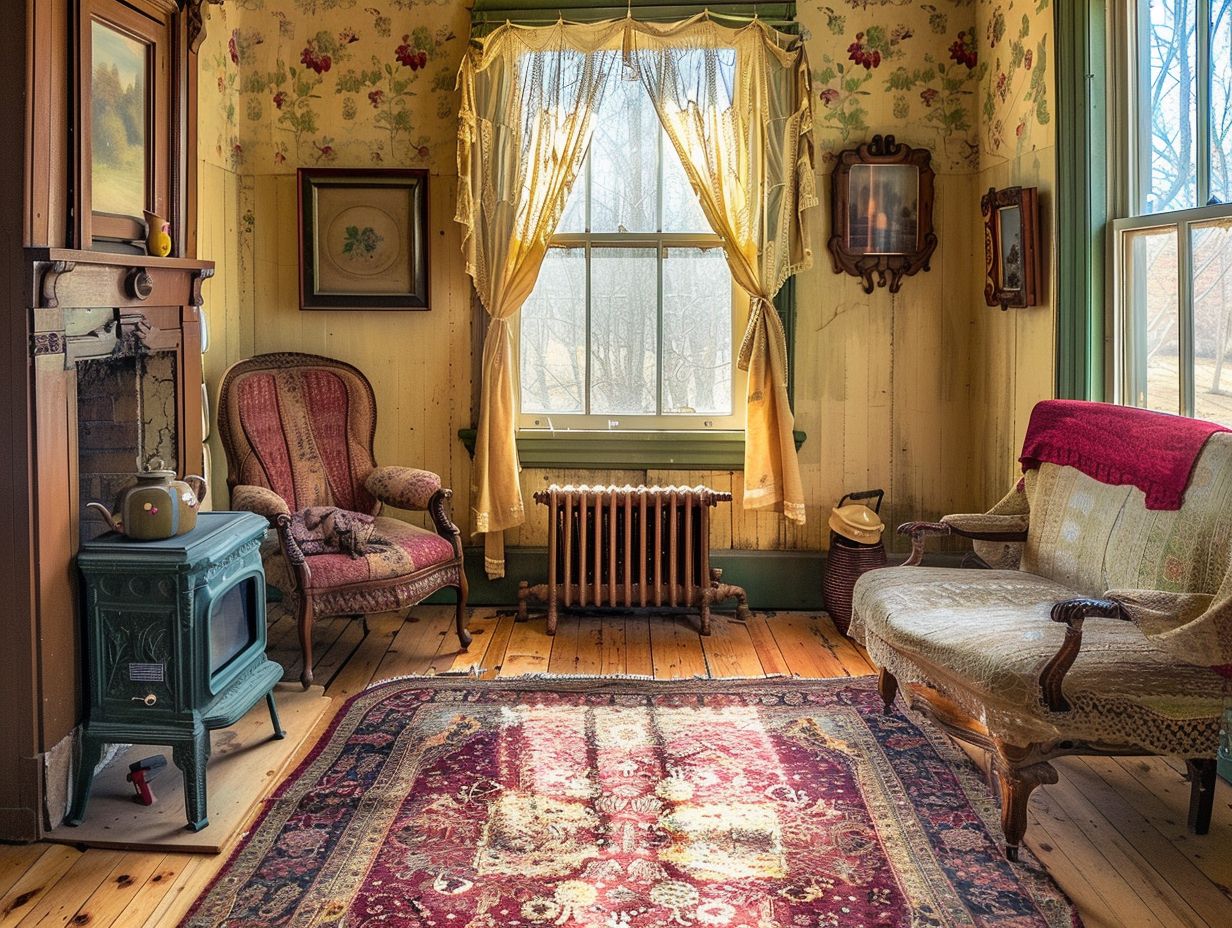
When considering the installation of traditional radiators in older homes, you should assess cost-effective options that seamlessly blend with the interior aesthetics. These radiators should not only offer functional heating solutions but also provide restoration benefits.
As you contemplate the installation of traditional radiators, it is important to consider both the initial costs and the long-term savings associated with more energy-efficient models. Some cost-effective solutions may involve retrofitting existing radiators to enhance efficiency rather than investing in completely new units.
It is crucial to evaluate how the installation of radiators will affect the overall restoration of your home’s interior design. Make sure that the radiators complement the existing decor and architecture. With a range of styles and finishes available, homeowners can select radiators that not only deliver heating efficiency but also elevate the visual appeal of their living spaces.
Maintaining and Upgrading Traditional Radiators in Older Homes
Maintaining and upgrading traditional radiators in older homes ensures their longevity and efficiency, with high-quality materials like steel offering both elegance and enhanced functionality to the heating fixtures.
Incorporating modern technologies into these radiators can result in significant performance improvements, such as better heat distribution and energy efficiency. By choosing stylish designs and durable finishes, you can not only elevate the aesthetic appeal of your living spaces but also increase the overall value of your property.
Regular maintenance, such as bleeding the radiators to remove air pockets, will ensure that they operate at their optimal level, providing consistent warmth and comfort throughout the colder months.
Tips for Proper Maintenance
Ensuring the proper maintenance of traditional radiators involves regular checks for build quality, which can lead to high efficiency and energy-saving benefits, ultimately extending the longevity of these classic heating fixtures.
Inspecting traditional radiators in older homes for any signs of corrosion or leaks is crucial in maintaining their performance and preventing potential water damage. When conducting repairs or replacements, it is essential to use high-quality materials to enhance the overall efficiency of the heating system.
Simple yet effective ways to improve energy efficiency and ensure consistent heat distribution throughout the home include upgrading to programmable thermostats and bleeding the radiators regularly. Implementing these maintenance practices allows homeowners to enjoy comfortable temperatures while minimising energy consumption.
Options for Upgrading Traditional Radiators
When upgrading radiators in older homes, you have a variety of options to choose from. These options range from period designs to contemporary finishes, all of which can improve both the appearance and functionality of your heating fixtures.
To balance the importance of maintaining the charm of period-appropriate designs with the desire for efficiency gains in heating systems, homeowners like you can consider modernised versions of classic column radiators or slimline vertical models.
These options not only seamlessly blend with traditional decor but also come in a range of contemporary finishes such as matte black, brushed nickel, or even custom colours to match specific interior schemes.
In terms of optimising heating output, it’s crucial to consider size. This consideration may lead you to explore compact radiators or larger panels for increased warmth distribution without sacrificing style.
Frequently Asked Questions
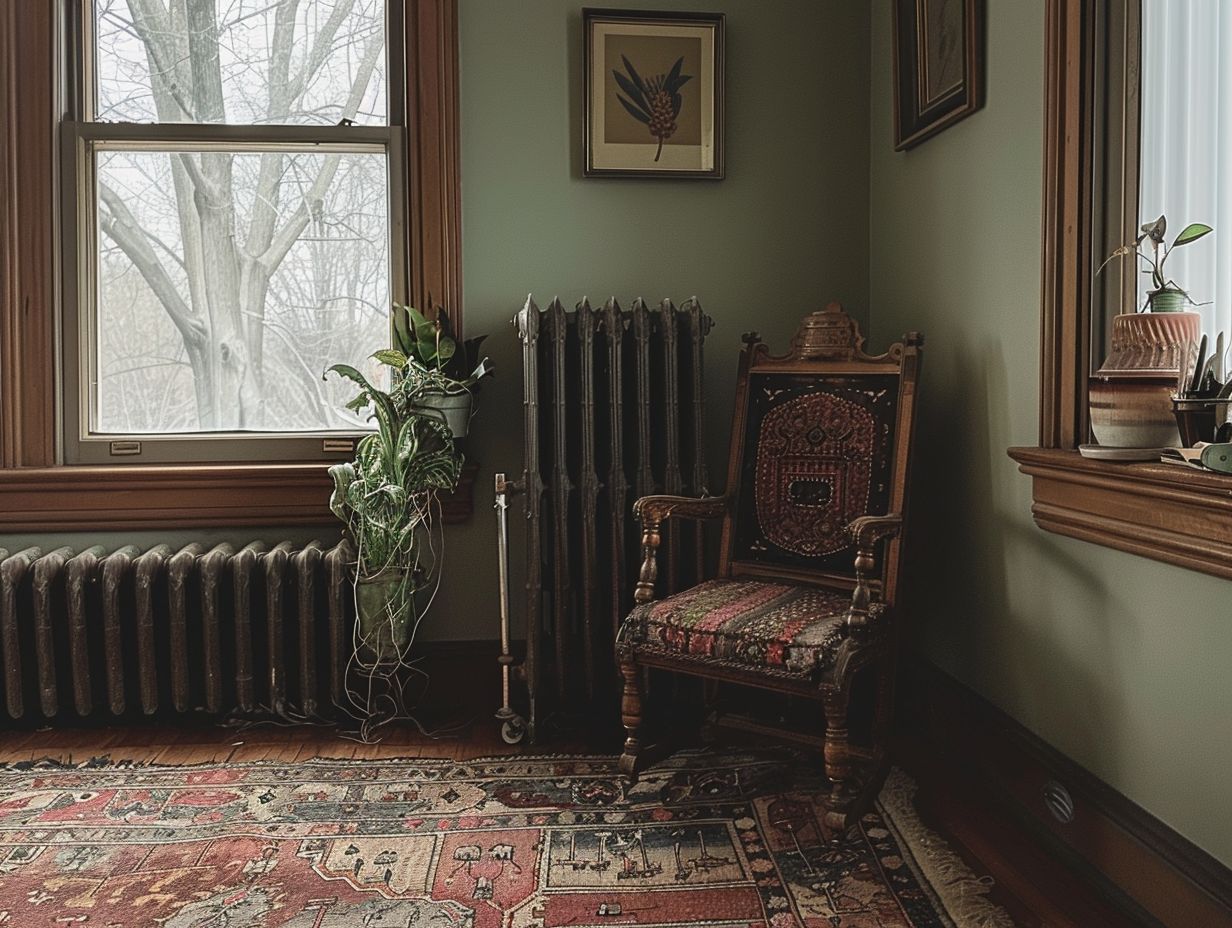
Are Traditional Radiators Suitable for Older Homes?
Yes, traditional radiators are generally suitable for older homes. In fact, they were the primary source of heating in older homes before modern heating systems were introduced.
What are traditional radiators?
Traditional radiators are heating devices that use hot water or steam to heat a room. They are generally made of cast iron or steel and have a classic appearance.
Why are traditional radiators suitable for older homes?
Traditional radiators are suitable for older homes because they can easily blend in with the existing decor and architecture. They also provide efficient heating without the need for major renovations.
Are traditional radiators energy-efficient?
Traditional radiators can be energy-efficient, depending on their design and usage. Some models have been updated to improve energy efficiency, while others may require more energy to operate.
Do traditional radiators require any special maintenance for older homes?
No, traditional radiators do not require any special maintenance for older homes. However, it is recommended to have them inspected and serviced regularly to ensure optimal performance.
Can traditional radiators be used in conjunction with modern heating systems in older homes?
Yes, traditional radiators can be used alongside modern heating systems in older homes. This can provide a more balanced and versatile heating solution for different areas of the home.

